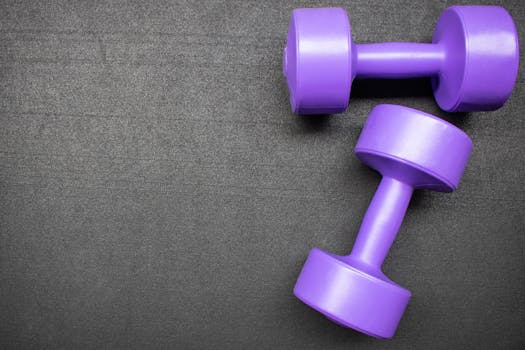
Unlocking Fat Loss: The Power of High-Intensity Interval Training
Takeaways: High-Intensity Interval Training (HIIT) is an effective workout method that alternates between intense bursts of activity and fixed periods of less-intense activity or rest. It not only aids in fat loss but also improves cardiovascular fitness, boosts metabolism, and can be performed in a shorter time frame compared to traditional workouts. Incorporating HIIT into your exercise routine can lead to significant improvements in your overall health and physique.
In today’s fast-paced world, finding an effective and efficient workout can be challenging. With busy schedules, many people struggle to dedicate the time necessary for long, traditional workouts. Enter High-Intensity Interval Training (HIIT), a fitness approach that is both time-efficient and highly effective for fat loss. In this article, we will explore what HIIT is, its benefits, how it works, and tips for incorporating it into your routine.
What is High-Intensity Interval Training (HIIT)?

During a HIIT session, you might sprint for 30 seconds, followed by a minute of walking or jogging, and repeat this cycle for a set duration. The goal is to push yourself to your maximum effort during the high-intensity intervals, which can elevate your heart rate significantly.
Benefits of HIIT for Fat Loss

- Efficient Caloric Burn: Studies have shown that HIIT can burn more calories in a shorter amount of time compared to traditional steady-state cardio. This is largely due to the afterburn effect, where your body continues to burn calories even after the workout is over.
- Increased Metabolism: HIIT can help increase your resting metabolic rate, meaning you’ll burn more calories at rest. This is particularly beneficial for those looking to lose weight.
- Muscle Preservation: Unlike steady-state cardio, which can lead to muscle loss, HIIT can help preserve muscle mass while promoting fat loss.
- Time-Saving: The short duration of HIIT workouts makes it easier to fit into busy schedules, allowing you to maintain consistency in your fitness routine.
- Improved Cardiovascular Health: HIIT has been shown to improve cardiovascular health and endurance, making your heart more efficient.
How to Incorporate HIIT into Your Routine
Getting started with HIIT doesn’t have to be complicated. Here are some tips to effectively incorporate HIIT into your exercise regimen:
- Start Slow: If you’re new to HIIT, begin with shorter intervals and longer rest periods. Gradually increase the intensity and duration as your fitness level improves.
- Choose Your Exercises: HIIT can include a variety of exercises such as sprinting, cycling, jumping rope, or bodyweight exercises like burpees and squat jumps. Choose exercises that you enjoy to keep your motivation high.
- Mix It Up: To prevent boredom and plateaus, vary your HIIT workouts. Change the exercises, durations, and intervals frequently.
- Listen to Your Body: Pay attention to how your body responds to HIIT. If you feel overly fatigued or experience pain, take a step back and allow for adequate recovery.
- Consistency is Key: Aim to incorporate HIIT into your routine 2-3 times a week, alongside other forms of exercise such as strength training and flexibility workouts.
Conclusion








